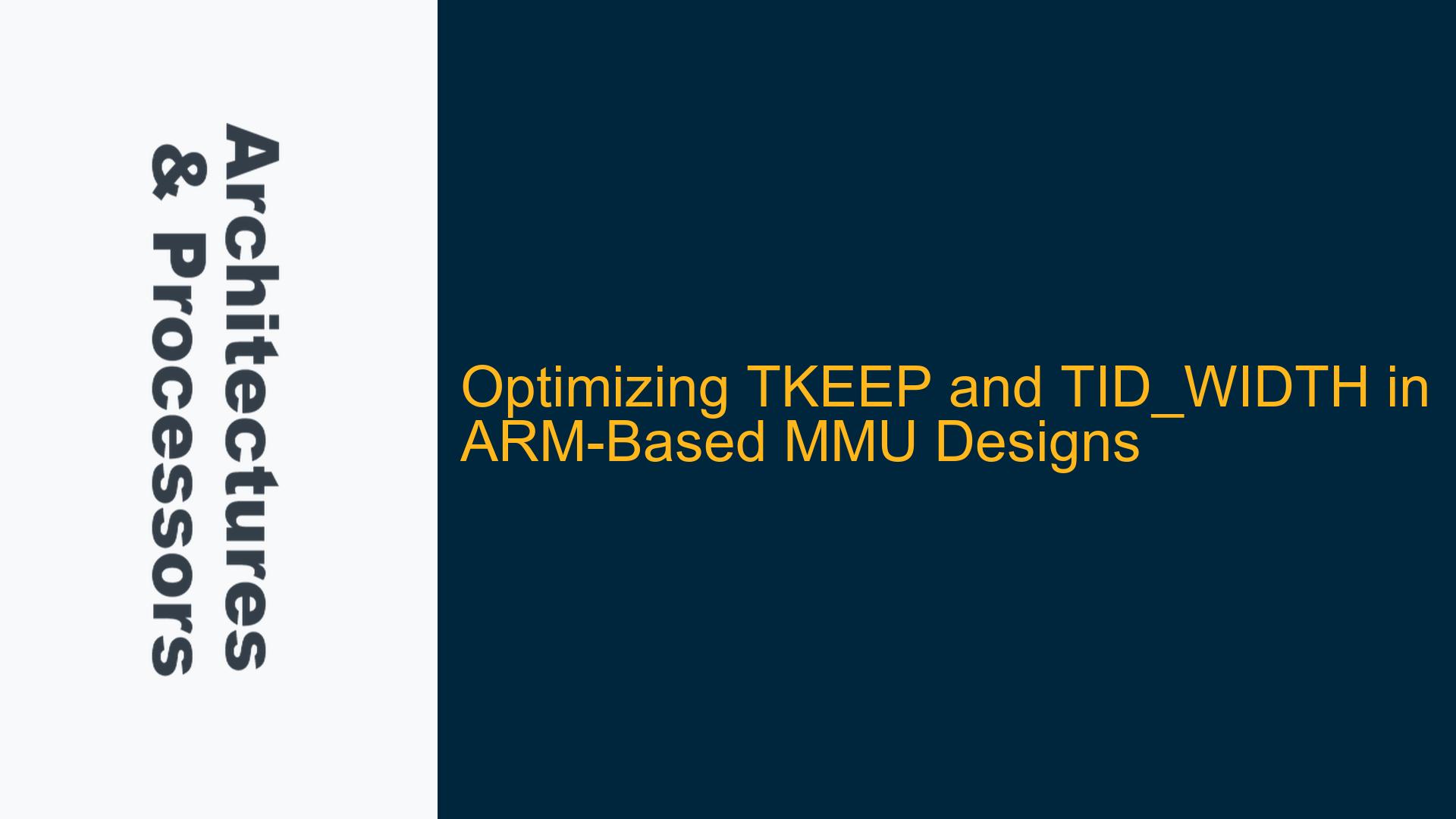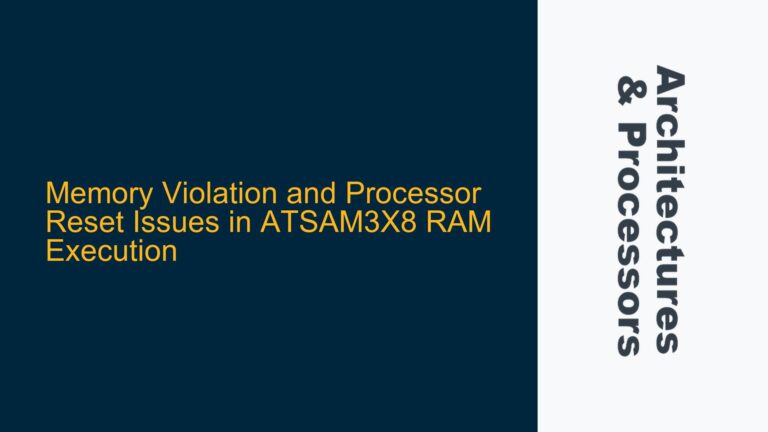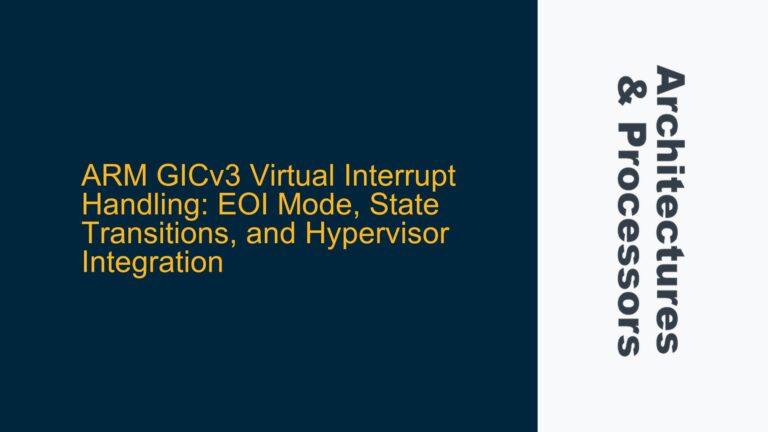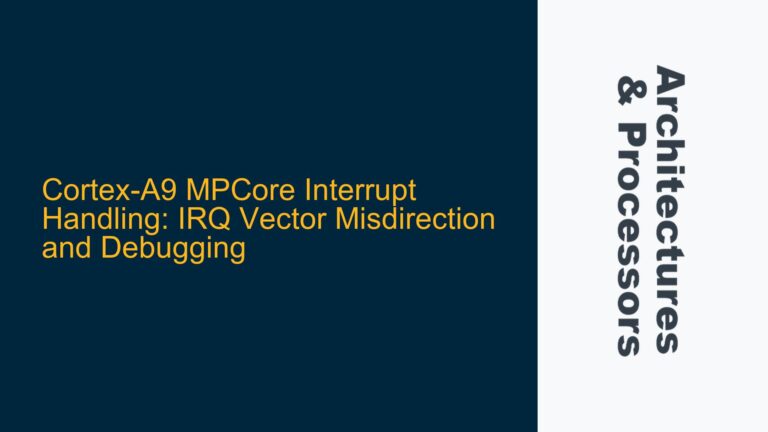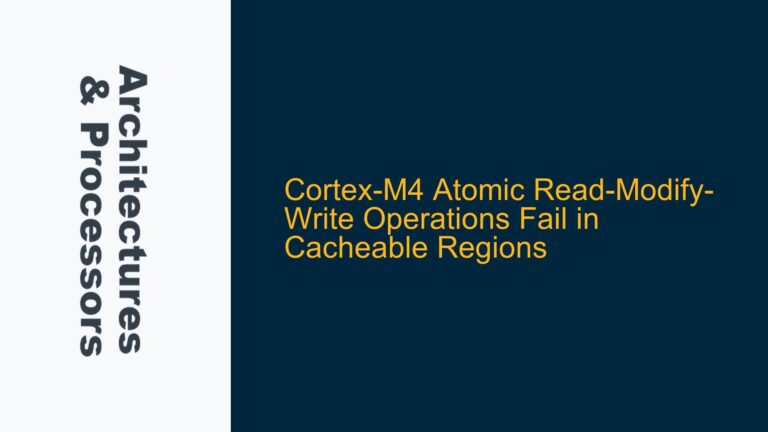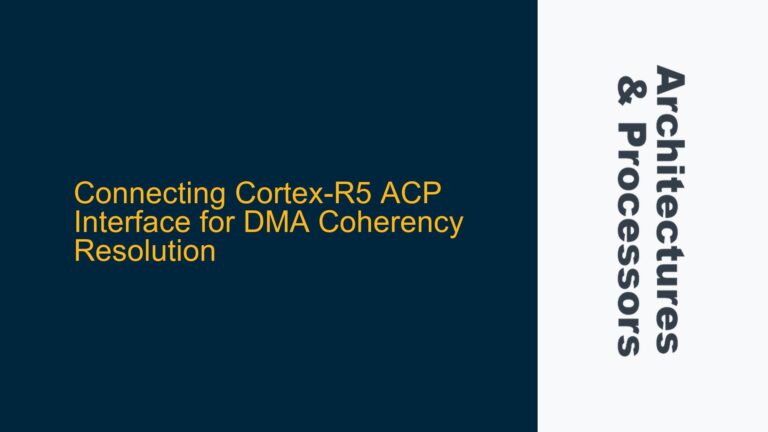TKEEP as a Constant in MMU: Implications and Feasibility
The TKEEP signal is a critical component in AXI4-Stream interfaces, used to indicate which bytes of the TDATA signal are valid during a data transfer. In the context of a Memory Management Unit (MMU), the decision to keep TKEEP as a constant requires a deep understanding of the data flow, memory access patterns, and the specific requirements of the system.
TKEEP is typically used in scenarios where the data width of the AXI4-Stream interface is wider than the actual data being transferred. For example, if the TDATA width is 64 bits (8 bytes), but only 4 bytes are valid in a particular transfer, TKEEP will be set to 0xF (binary 1111) to indicate that the first 4 bytes are valid. If TKEEP is kept as a constant, it implies that the number of valid bytes in every transfer is fixed. This can simplify the design of the MMU, as it eliminates the need to dynamically adjust TKEEP based on the data being transferred.
However, keeping TKEEP as a constant is only feasible in systems where the data transfer size is always consistent. For example, if the MMU is designed to handle only 64-bit aligned transfers, and every transfer is exactly 64 bits, then TKEEP can be set to a constant value of 0xFF (assuming an 8-byte TDATA width). This approach can reduce the complexity of the MMU design, as it eliminates the need for logic to generate and interpret TKEEP signals dynamically.
The decision to keep TKEEP as a constant should be based on a thorough analysis of the system’s data transfer requirements. If the system is expected to handle variable-sized transfers, or if the data alignment is not guaranteed, then keeping TKEEP as a constant may lead to incorrect data handling. In such cases, the MMU must be designed to handle dynamic TKEEP values, which increases the complexity of the design but ensures correct operation under all conditions.
Determining TID_WIDTH: Estimating Data Streams and Interface Requirements
The TID_WIDTH parameter in AXI4-Stream interfaces defines the width of the Transaction ID (TID) field, which is used to differentiate between multiple data streams on the same interface. The TID_WIDTH must be carefully chosen to ensure that the system can handle the expected number of concurrent data streams without causing conflicts or data corruption.
To determine the appropriate TID_WIDTH, the designer must estimate the maximum number of data streams that will be active on the interface at any given time. This estimation should take into account the system’s overall architecture, the number of masters and slaves connected to the AXI4-Stream interface, and the expected data transfer patterns.
For example, consider a system with four masters and two slaves connected to an AXI4-Stream interface. If each master can initiate up to two concurrent data streams, and each slave can handle up to four concurrent streams, then the total number of unique TIDs required is the sum of the maximum number of streams that each master and slave can handle. In this case, the total number of unique TIDs required would be (4 masters * 2 streams) + (2 slaves * 4 streams) = 16 unique TIDs. Therefore, the TID_WIDTH should be at least 4 bits, as 2^4 = 16, which is sufficient to represent all possible TIDs.
However, this is a simplified estimation, and the actual TID_WIDTH may need to be larger to account for additional factors such as system scalability, future expansion, and potential edge cases. For instance, if the system is expected to grow in complexity, or if there are additional constraints such as power management or security requirements, the TID_WIDTH may need to be increased to accommodate these factors.
In addition to estimating the number of data streams, the designer must also consider the impact of TID_WIDTH on the overall system performance and resource utilization. A larger TID_WIDTH increases the size of the AXI4-Stream interface, which can lead to higher resource usage and potentially longer routing delays. Therefore, the TID_WIDTH should be chosen to balance the need for unique TIDs with the system’s performance and resource constraints.
Implementing TKEEP and TID_WIDTH in MMU: Best Practices and Solutions
When implementing TKEEP and TID_WIDTH in an MMU, the designer must follow best practices to ensure that the system operates correctly and efficiently. The following steps outline the key considerations and solutions for implementing these parameters in an ARM-based MMU design.
TKEEP Implementation: Static vs. Dynamic Approaches
The first step in implementing TKEEP is to determine whether a static or dynamic approach is appropriate for the system. As discussed earlier, a static approach (keeping TKEEP as a constant) is only feasible in systems where the data transfer size is always consistent. In such cases, the TKEEP value can be hardcoded in the MMU design, simplifying the logic and reducing resource usage.
However, if the system must handle variable-sized transfers, a dynamic approach is required. In this case, the MMU must include logic to generate and interpret TKEEP signals based on the actual data being transferred. This can be achieved by implementing a state machine that monitors the data transfer size and adjusts the TKEEP value accordingly. The state machine should be designed to handle all possible transfer sizes and alignments, ensuring that the MMU can correctly process data under all conditions.
TID_WIDTH Implementation: Balancing Uniqueness and Resource Usage
The implementation of TID_WIDTH requires careful consideration of the system’s data stream requirements and resource constraints. The designer must first estimate the maximum number of unique TIDs required, as discussed in the previous section. Once the required TID_WIDTH has been determined, the designer must implement the TID field in the AXI4-Stream interface.
The TID field should be implemented as part of the AXI4-Stream protocol, with the appropriate width to accommodate the estimated number of unique TIDs. The MMU must include logic to assign and interpret TIDs for each data stream, ensuring that there are no conflicts or data corruption. This can be achieved by implementing a TID management module that tracks the active TIDs and assigns new TIDs as needed.
In addition to managing TIDs, the MMU must also handle the case where the number of active data streams exceeds the available TIDs. This can occur if the system is under heavy load or if there are unexpected spikes in data traffic. To handle this situation, the MMU should include logic to prioritize data streams and, if necessary, temporarily pause or throttle low-priority streams to ensure that high-priority streams are processed correctly.
Verification and Testing: Ensuring Correct Operation
Once the TKEEP and TID_WIDTH parameters have been implemented, the MMU must be thoroughly verified to ensure that it operates correctly under all conditions. This includes testing the MMU with a variety of data transfer sizes, alignments, and TID assignments to ensure that the TKEEP and TID_WIDTH logic functions as expected.
The verification process should include both simulation and hardware testing. In simulation, the MMU should be tested with a range of test cases that cover all possible data transfer scenarios, including edge cases and error conditions. The simulation environment should include monitors and checkers to verify that the TKEEP and TID_WIDTH logic operates correctly and that there are no data corruption or timing issues.
In hardware testing, the MMU should be tested in the actual system environment, with real data streams and traffic patterns. This will help to identify any issues that may not have been apparent in simulation, such as timing delays or resource contention. The hardware testing should also include stress testing, where the MMU is subjected to high data traffic loads to ensure that it can handle the expected system load without performance degradation.
Conclusion: Optimizing TKEEP and TID_WIDTH for ARM-Based MMUs
In conclusion, the implementation of TKEEP and TID_WIDTH in an ARM-based MMU requires careful consideration of the system’s data transfer requirements, resource constraints, and performance goals. By following the best practices outlined in this post, designers can ensure that their MMU designs are optimized for correct operation, efficient resource usage, and high performance. Whether using a static or dynamic approach for TKEEP, or carefully balancing TID_WIDTH with system requirements, the key is to thoroughly analyze the system’s needs and implement robust solutions that can handle all possible data transfer scenarios.
